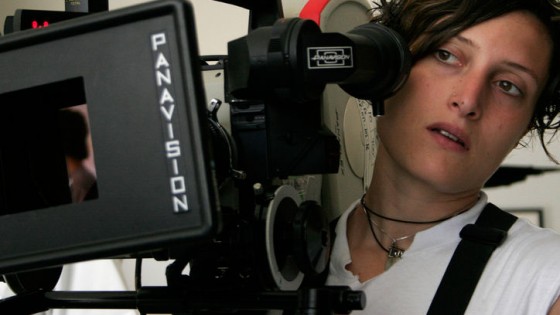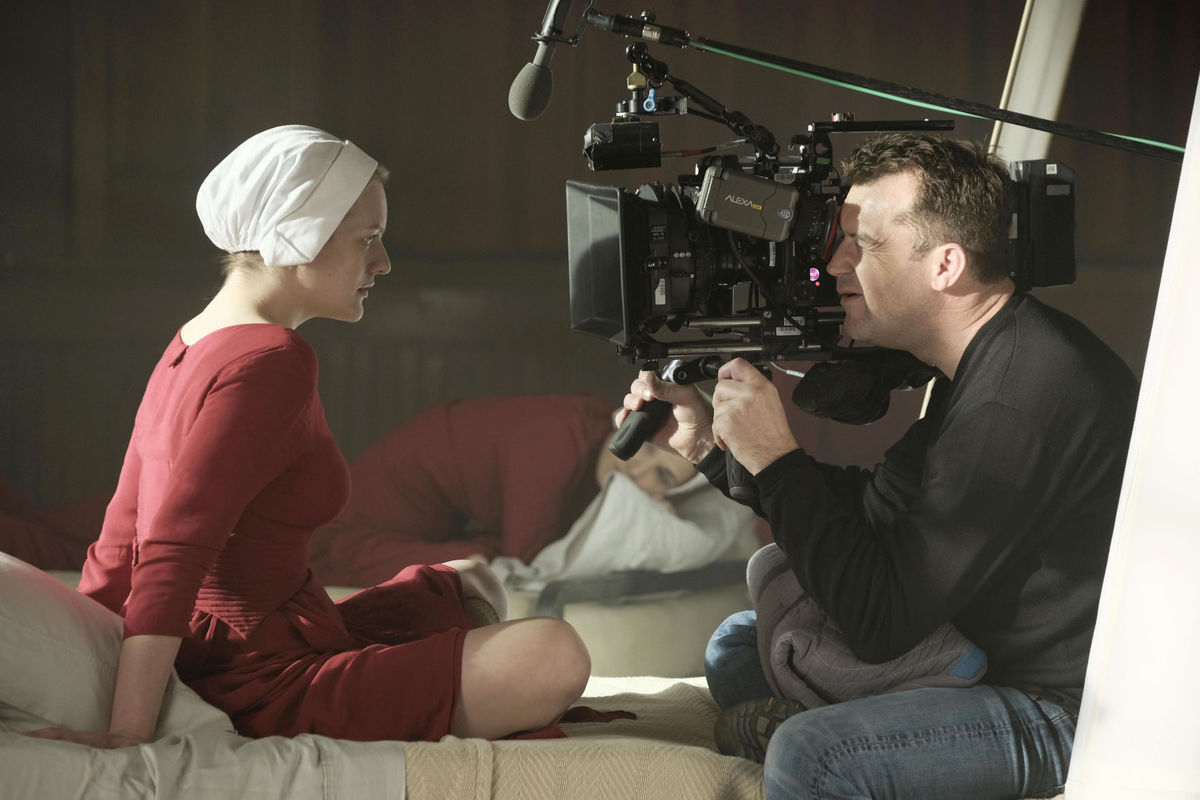 Have you ever watched a movie and stumbled upon a shot that was so breath-taking you thought to yourself, "Wow, that was gorgeous!"? Well, behind that gorgeous angle was a cinematographer. Perhaps not necessarily operating the camera but at least "painting" the look. Have you ever watched a movie and stumbled upon a shot that was so breath-taking you thought to yourself, "Wow, that was gorgeous!"? Well, behind that gorgeous angle was a cinematographer. Perhaps not necessarily operating the camera but at least "painting" the look.
Here's what the cinematographer does.
The cinematographer or director of photography (DP) is the person in charge of actually shooting the film. He is the head of the camera and lighting departments, and as such he has a big role in the making of any movie. As early as pre-production, the DP has to make some crucial decisions about the look and feel of a movie: is it going to be color or black and white? Are they shooting digital or film (the latter is becoming rarer and rarer)? If color is used, will the colors be vibrant and saturated or faded and “dull”? Is the camera going to be omniscient and be wherever it needs to be, or is it tied to a character, always showing their POV? Are they going for a more realistic tone, or a expressionistic one?
These are just some of the questions cinematographers have to deal with, and usually they don’t ‘t make these decisions alone. The Director is still the “creative tyrant” who has to oversee and approve of any aspect of the production. But on a set, director and cinematographer are like best friends. One supports the other, and together they should be a well-oiled machine, so efficient that they can, when the planets align, read each others’ mind.
Let us remember that movies are not plays. The power of cinematography consists of evoking emotions of delight, sadness, humor, and fear through the mastery of a cinematic syntax that has been developed for more than a century. Shot sizes, angles, and movements are the heart of an exceptional camerawork, which, combined with a lighting crafted to enhance emotions, form the essence of cinematography.
Cinematography ranks among one of the most complex and challenging facets of filmmaking, especially during principal photography, when everything gets hectic. Not only does the cinematographer have the biggest crew on set, but he also has to be in continuous communication with the director and the production designer in order to make sure that they are all on the same page in regards to how the film will look.
The Cinematographer’s Craft
The word cinematography comes from the Greek roots kinema (movement) and graph (writing). A good cinematographer does more than merely light a scene or move the camera. He studies the script and creates an elaborate lighting setup and camerawork that provoke emotions and strengthen the plot. He communicates a character’s dream, hope, despair, or joy based on where camera and lights are placed.
The director of photography is often called a painter, and his canvas is the screen. His “brush” are the actors, the lights, the location, the set, the props, etc. These are the elements the DP can control to make each and every shot. And the shot, by the way, is the smallest unit of the film, the building blocks if you will. And like Lego, some can be small and red shaped like brick while others can be big and blue shaped like an automobile. It’s how these pieces are combined that matter.
The Cinematographer’s Crew at a Glance
Camera Department
- Camera Operator
- 1st Assistant Camera
- 2nd Assistant Camera
- Digital Imaging Technician (DIT)
- Loader
Light Department
- Gaffer (Chief Electrician)
- Best Boy
- Electric (or Sparks)
Grip Department
- Key Grip
- Best Boy Grip
- Grip
- Dolly Grip
Quick Glossary
Shots – The smallest unit (or building blocks) of the unbroken film. Shots are separated from each other by simple cuts and other kinds of transitions. They can be categorized by size and length. Most narrative films will counts thousands of shots.
Scenes – Usually, a collection of shots that happen in the same place and/or time. If the location changes from INT. LIVING ROOM – DAY to EXT. BACKYARD – DAY, that usually represents a different scene. Additionally, a change in time in the same location is also understood as a different scene. Each scene should have a beginning, middle, and end, as well as clear goal. Most narrative films will have between 40 and 60 scenes.
Sequences – A major line of action that incorporates many scenes. For example, in the beginning of a movie you could have a “character introduction sequence” that starts with a breakfast-with-family scene, moves to a missing-the-bus-and-walking-to-work scene, and closes with a you-are-fired scene. Sequences, like scenes, also have a beginning, middle, and end, as well as a goal. But the difference is that sequences span different locations and times. Most narrative films will have anywhere from 10 to 20 sequences.
Production Designer - A production designer is an important role on any film set. Together with the cinematographer, the production designer is in charge of the look and feel of the film. This involves set building, set dressing, procuring and manufacturing props, etc.

|

